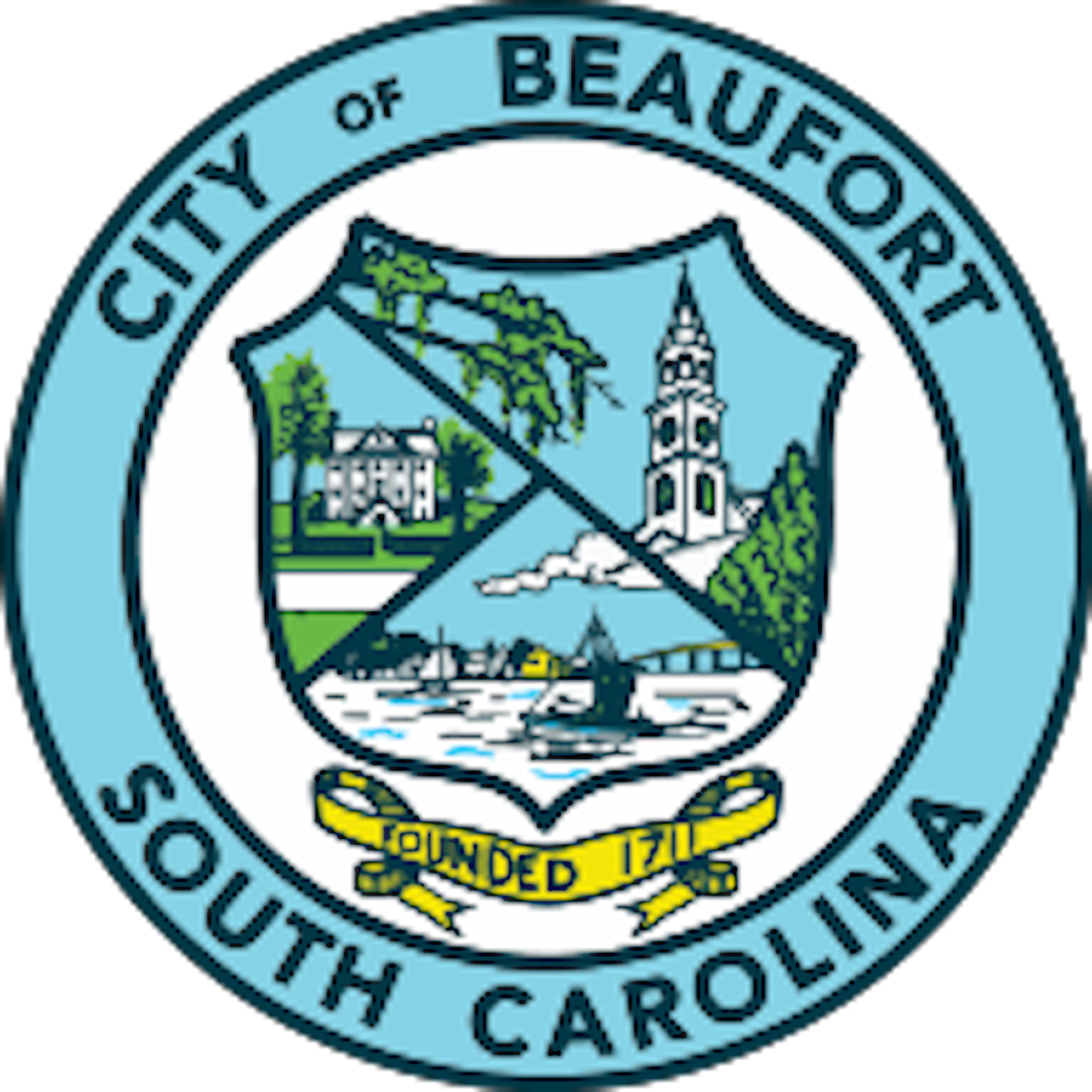The wisdom of the crowd has been defined by Wikipedia as “the process of taking into account the collective opinion of a group of individuals rather than a single expert to answer a question.”
Many of you saw the show “Who Wants To Be a Millionaire,” or are at least familiar with it. One of the “lifelines” each contestant had available was to poll the live audience. The audience is a diverse group of people, presumably from all walks of life, but admittedly those who have nothing better to do than go watch a game show in the middle of the

afternoon. That said, the contestants on this show supposedly represent some of the most intelligent individuals in the building, but when one of these contestants finds herself stumped on a question, it is then posed to the audience and each one in the audience answers the multiple-choice question.
While the contestant is flummoxed, the audience chooses the correct answer 91% of the time. Compare that to the results of calling the most qualified person they can think of who answers correctly only 65% of the time.
The stock market is perhaps the largest network of the collective wisdom of the crowds to determine the actual value of the stock price of various securities every single day. The crowds (i.e. market participants) vote each day with their buy and sell orders. By recording these daily transactions, we are able to ascertain the collective opinion of the market about a particular stock or sector using the Point & Figure Methodology as our lens.
Conventional wisdom, on the other hand, is defined by Wikipedia as “the body of ideas or explanations generally accepted as true by the public or by experts in a field.” In other words, when you see statements made on the cover of a major magazine, this is conventional wisdom. It is generally accepted as the truth.
The Point & Figure Tactical Methodology will often go against every natural instinct you possess, not to mention conventional wisdom. In early 2008 the concept of going a full year without any equity exposure based upon Relative Strength analysis would have seemed unorthodox, to say the least. But that is the guidance those tactical tools gave us, whether we chose to listen or not.
Conversely, the fact that U.S. Equity has been the top-ranked asset class by Relative Strength since October 2011 (two years now) has, in hindsight, been the best place to remain invested; however, when the bullets were flying at the end of 2011 it wasn’t exactly the generally accepted “truth” within the investment community. If we had to paraphrase the answer to why our form of risk management is not something embraced by the masses and mainstream financial media, it’s because many times it is uncomfortable.
This article was written by Dorsey, Wright and Associates, Inc., and provided to you by Wells Fargo Advisors and Hall Sumner, CFP®, Financial Advisor in Beaufort, SC, 211 Scott Street. 843-524-1114. Investments in securities and insurance products are: NOT FDIC-INSURED/NOT BANK-GUARANTEED/MAY LOSE VALUE. Wells Fargo Advisors, LLC, Member SIPC, is a registered broker-dealer and a separate non-bank affiliate of Wells Fargo & Company.





